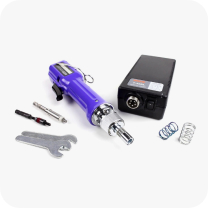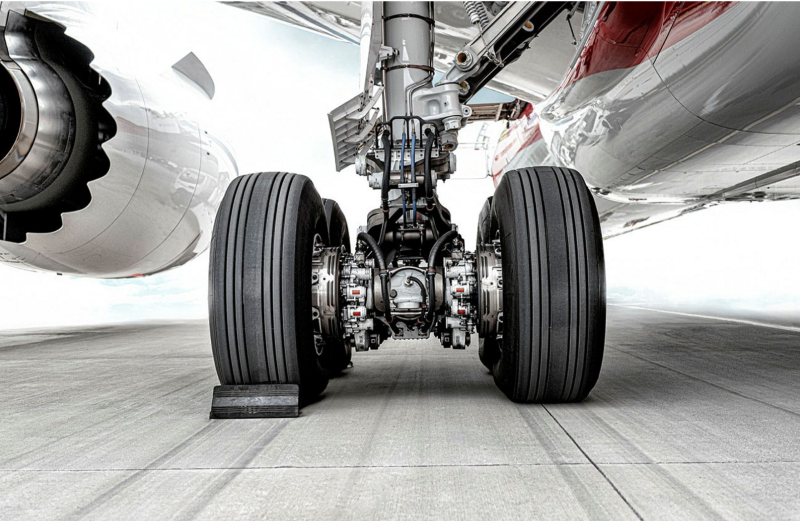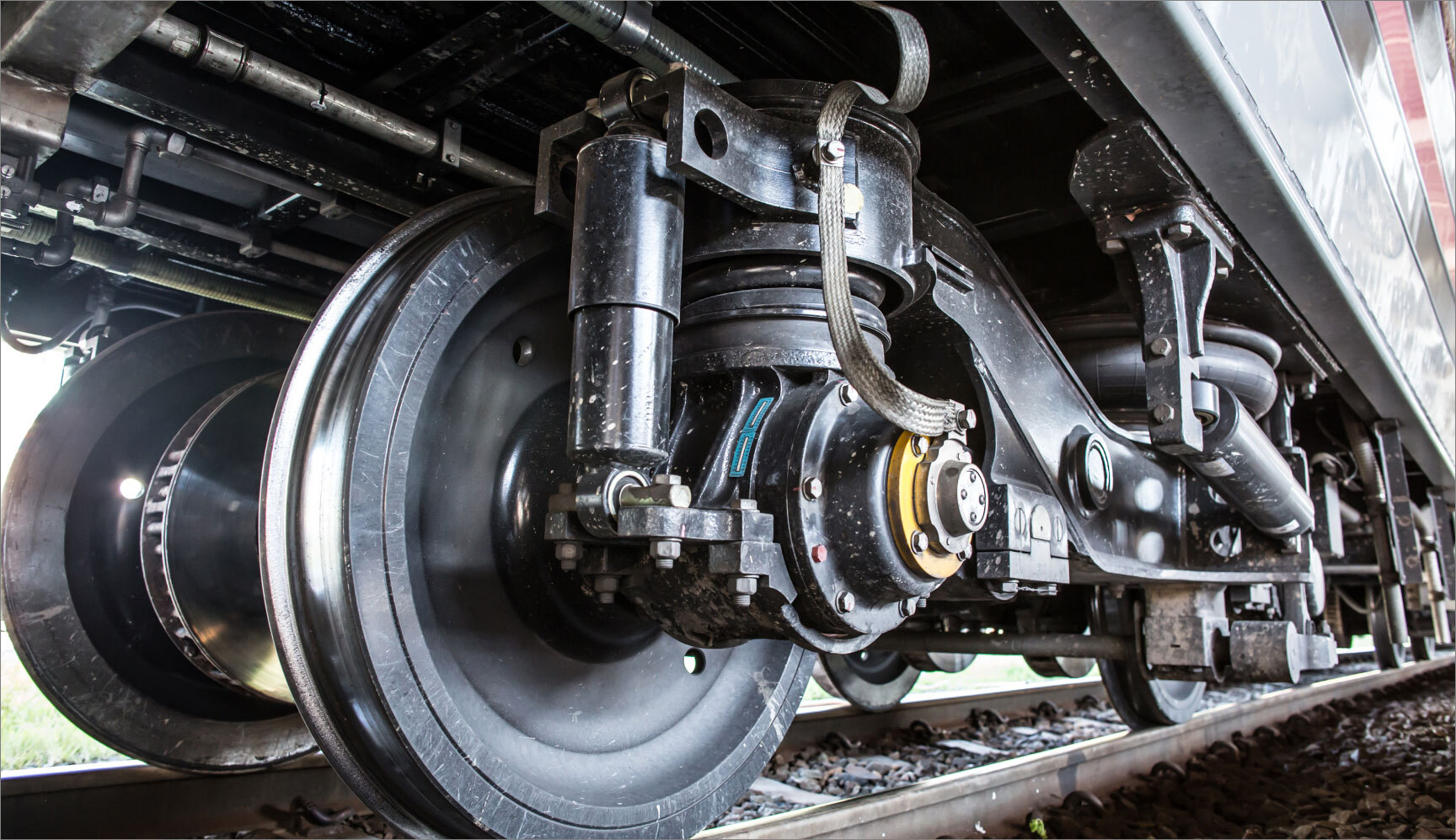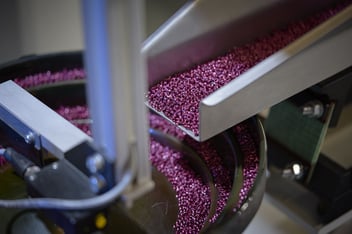Additive manufacturing or 3D printing is a promising venture in the design and production of mechanical components, already making their way into engineering applications like aerospace to automotive to bespoke consumer products. With this evolution, however, comes the need for robust fastening solutions that can work reliably with the unique properties of 3D printed materials. But the question is, can wire thread inserts work successfully in these components?
In this article, we explore the integration of wire thread inserts into 3D printed parts, examining their benefits, challenges and why they are becoming an exciting component in the additive manufacturing toolbox.
The application of 3D printed components in engineering
3D printing (or additive manufacturing) is gaining significant traction in engineering thanks to its ability to create highly complex geometries with minimal material waste and a high degree of customisation. This has led to a surge in their use across industries.
- Aerospace, where weight savings are crucial;
- Medical, where customised implants and tools are produced;
- Automotive, for low-volume, high-performance parts;
- Tooling and prototyping, enabling design iterations at speed.
The key benefits of 3D printing include reduced lead times, lightweight structures and the potential for part consolidation (merging several components into a single printed part). But as the technology offers these advantages, there is also the challenge of fastening 3D printed parts (especially under mechanical load).
Why mechanical joints are a challenge in additive manufacturing
One of the biggest hurdles in using 3D printed parts lies in their mechanical properties, particularly around fasteners. Many 3D printed materials like polymers or sintered metal powders lack the shear strength and hardness to support traditional threaded fasteners or withstand repeated assembly cycles. Thread stripping (especially common in plastic or low-density printed metals), poor fatigue life from stress concentration and inconsistent surface quality from printed layers introduce major challenges. Fortunately, this is where wire thread inserts prove particularly valuable.
Wire thread inserts as a solution for 3D printed mechanical joints
Wire thread inserts are helically wound coils that are installed into tapped holes to provide strong, reliable internal threads. They have long been used to strengthen joints in lightweight and soft materials such as aluminium and magnesium, and they provide the same advantages for 3D printed parts.
Enhanced thread strength in weak substrates
Wire thread inserts distribute load across a larger area and eliminate localised stress, preventing thread stripping in softer 3D printed materials. This is particularly valuable in thermoplastics or resin-based components, where direct threads are prone to failure. The load-bearing capacity of inserts in additively manufactured polymers significantly increases when using metal wire thread inserts, reaching values comparable to those in conventional plastics.
Compensation for dimensional tolerances
Given the difficulty of printing precise threads, wire thread inserts can be press-fit or installed in oversize holes, compensating for the variances that can take place in 3D printing. This increases manufacturing efficiency and reliability. That said, the infill (internal density of the part) needs to be at least 70% to have sufficient grip strength for the insert.
Durability over repeated use
Because wire thread inserts are made of stainless steel or other durable metals, they allow for repeated screw insertions and removals which is ideal for enclosures or panels that require maintenance. Wire thread inserts also offer excellent wear resistance and protect against fretting fatigue, which is a key issue in the weaker parent materials of 3D printed joints under vibration or repeated torque.
Pushing innovation in engineering with wire thread inserts
The intersection of 3D printing and advanced fastening has the potential to open new frontiers in design freedom. But to unlock the full potential of additive manufacturing, mechanical joints need to be reinforced, and wire thread inserts offer a high-performance solution to this.
At KATO® Advanex, our Tanged and Tangless wire thread inserts are engineered to enhance the durability, reliability, and performance of mechanical joints in any substrate, including 3D printed parts. Available in various sizes, materials and finishes, our inserts are fully compliant with aerospace, military, and commercial standards.
Whether you're working with metal additive manufacturing or high-performance polymers, our team can help you identify the right insert to suit your design and application. Download our guide below to find out more.







.jpg?width=352&name=aircraft%20maintenance%20(1).jpg)

.jpg?width=352&name=221015ADVANX0221-0%20(1).jpg)


